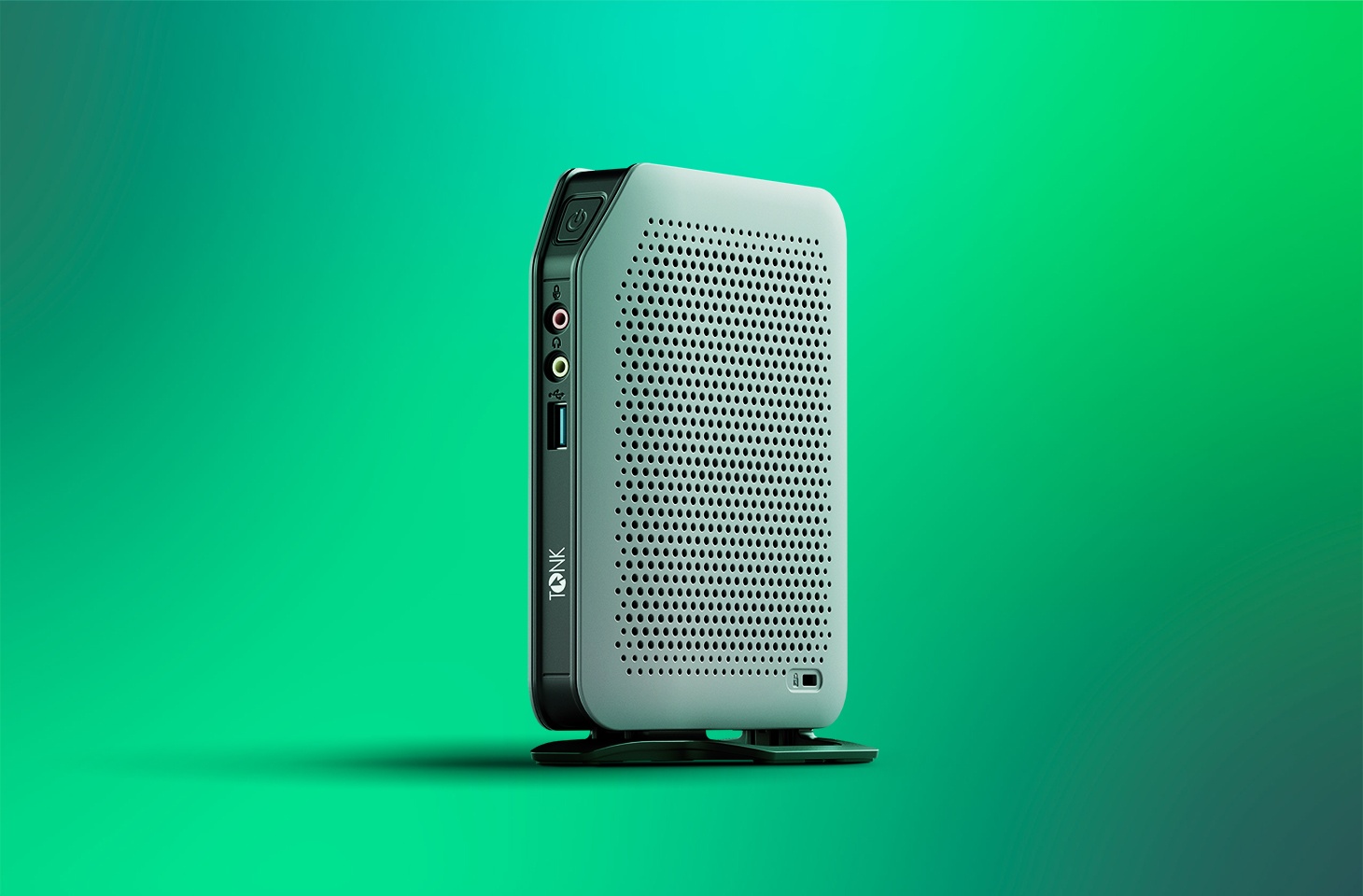Many companies have long since moved from the traditional workstation model to the virtual desktop infrastructure (VDI). VDI provides a number of advantages — one being better cybersecurity (not least because work data doesn’t leave corporate servers; it always lives in a virtual machine). However, despite a popular misconception, VDI alone doesn’t mean guaranteed security. It always matters how secure the endpoint device is that connects to the virtual workplace.
By and large, there are two options for using VDI. The first is to employ traditional workstations; the second is to use thin clients. Common advantages of a thin client include the following:
- no moving parts: they don’t have active cooling systems or mechanical hard drives, which significantly increases the service life of the thin client (up to 7-10 years);
- low energy consumption, which leads to direct savings;
- lower price and cost of ownership (in comparation even with desktops and laptops for office work);
- ease of maintenance and operation.
However, from our point of view, this isn’t the main advantage of using a thin client. Any workstation, be it a desktop PC or a laptop, must be provided with additional layers protection. And a thin client can be made secure as-is if its operating system is based on the secure-by-design principle. It’s precisely such an operating system — Kaspersky Thin Client 2.0 — that we propose to use in thin clients connected to virtual desktop infrastructure.
What is Kaspersky Thin Client, and what’s new in version 2.0?
Essentially, Kaspersky Thin Client 2.0 is an updated operating system for thin clients, created in accordance with our Cyber Immune approach; as such, it doesn’t require additional security measures. Kaspersky Thin Client is based on our KasperskyOS system, which minimizes the risk of its compromise even in the event of complex targeted attacks.
The updated Kaspersky Thin Client version 2.0 can connect to remote environments deployed on the Citrix Workspace platform and VMware Horizon infrastructure using HTML5 technology. Kaspersky Thin Client 2.0 also supports connection to individual business applications deployed on the Microsoft Remote Desktop Services infrastructure, Windows Server, and terminal servers running Windows 10/11.
Another key change in KTC 2.0 is the increase in performance. We managed to increase both the speed of application delivery and the speed of system updates (due to the compact size of the OS image). Now deployment time of thin clients under KTC 2.0 through automatic connection takes about two minutes.
You can learn more about the updated operating system for thin clients on the Kaspersky Thin Client page.

